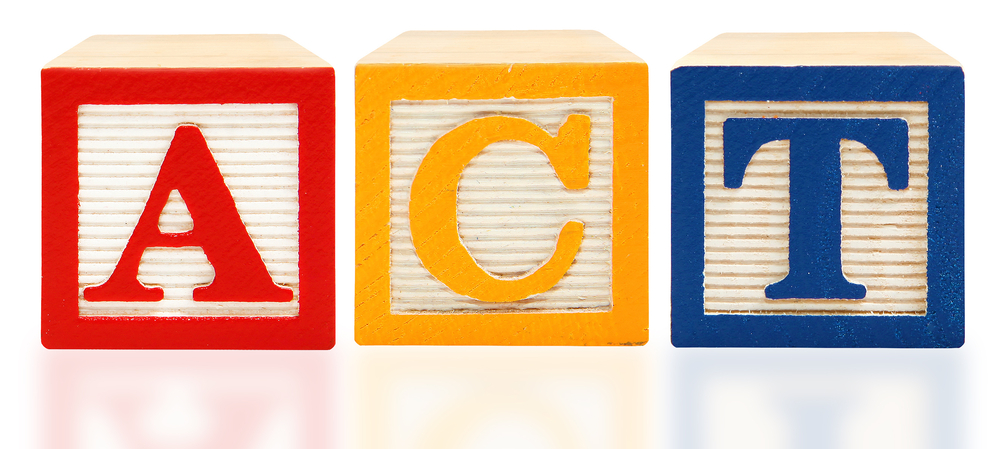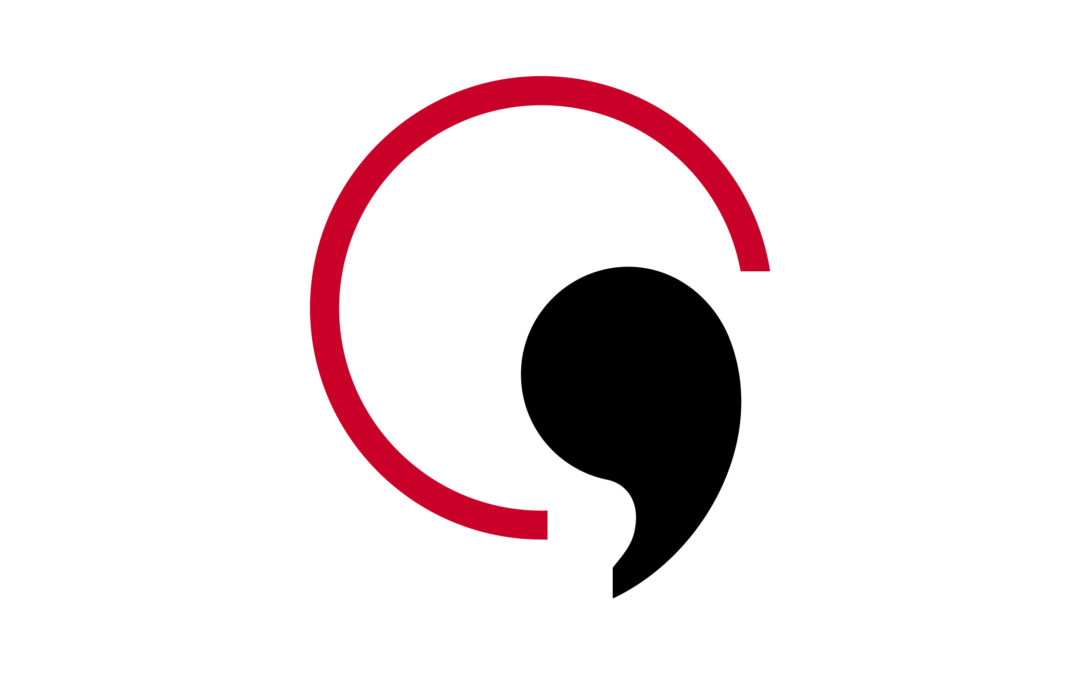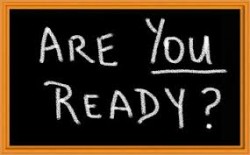
by Erica L. Meltzer | Aug 20, 2015 | Blog, General Tips, The New SAT, Tutoring
As I’ve mentioned elsewhere on this site, I’m often a tutor of last resort. That is, people find their way to me after they’ve exhausted other test-prep options (self-study, online program, private tutor) and still find themselves short of their goals. Sometimes very, very far short of their goals. When people come to me very late in the process, e.g. late spring of junior year or the summer before senior year, there’s unfortunately a limited amount that I can do. Most of it is triage at that point: finding and focusing on a handful of areas in which improvement is most likely.
Not coincidentally, many of the students in this situation who find their way to me have been cracking their heads against the SAT for months, sometimes even a year or more. Often, they’re strong math and science students whose reading and writing scores lag significantly behind their math scores, even after very substantial amounts of prep and multiple tests. They’re motivated, diligent workers, but the verbal is absolutely killing them. Basically, they’re fabulous candidates for the ACT. (more…)

by Erica L. Meltzer | Aug 19, 2015 | Blog, The New SAT
In case you haven’t seen them, they can be downloaded https://collegereadiness.collegeboard.org/sat/practice/full-length-practice-tests
The basic formula for determining scaled scores is simple enough (count how many you got right, convert to a raw score, and multiple by 10); however, if I hadn’t witnessed some of the College Board’s recent antics, I sincerely would have thought that the subscore charts were some kind of parody.
If want a definition for convoluted (assuming you’re taking the SAT before March 2016), this pretty much sums it up. Just looking at those charts gives me a headache.
I’m sorry, but does anyone truly think that college admissions officers with thousands of applications to get through are going to even LOOK at those sub-scores?
But as everyone knows, more data is always better. Except, of course, when it isn’t.

by Erica L. Meltzer | Aug 18, 2015 | ACT English/SAT Writing, Blog
Note: Because this post has become so popular, I’ve made it available in PDF format. Click here to download.
I’ve recently received a handful of questions asking for clarification about rule governing the use of commas with names and titles. Of all the comma rules tested on the SAT® and ACT®, this is probably the subtlest.
The good news is that questions testing this rule don’t show up very often; the bad news is that if you don’t know the rule, these questions can be very tricky to answer.
The other piece of good news, however, is that when names/titles appear in the middle of a sentence (that is, not as the first or last words), these questions can almost always be correctly answered using a simple shortcut. And if you just want to know the rule for everyday use, the shortcut is effective in the real world as well.
(more…)
by Erica L. Meltzer | Aug 17, 2015 | ACT Essay, Blog
Although the ACT announced the changes to the essay last spring, I keep encountering people (including tutors) who aren’t aware of the shift. If the College Board has gone all out promoting the changes to the SAT, the ACT has been a lot more reticent about publicizing the upcoming changes. If you’re (re)taking the ACT with writing this fall, however, this is something you need to be aware of.
The ACT has always been upfront about the fact that it is necessary to include a counterargument to obtain a top score, but now that requirement is being pushed further. Instead of considering two perspectives, test-takers will now be asked to engage with three perspectives.
Click here for information about the new prompt, and here for sample essays at each score level.

by Erica L. Meltzer | Aug 16, 2015 | Blog, SAT Essay
I’ve been saying half-jokingly for a while that the AP English Language test should take a cue from the AP language tests and include an essay that requires students to compose a formal email.
Granted, this type of assignment might seem a tad simplistic for the AP exam; however, given the redesigned SAT’s purported emphasis on “the skills that matter most,” why not test one of the skills that does incontrovertibly matter most in the hyper-competitive knowledge-based twenty first century economy?
As I wrote about the other day, in light of some of the emails I’ve received, I actually think that this would be a rather challenging assignment for many high school students. Among other things, it would not only require correct grammar and diction (points off for all lower-case!) but also use of a formal register.
And come on, how often in the real world do people really get asked to write an essay analyzing how an author builds an argument? Not very often, I should think — especially if they’re busy inventing the next great app for something that will truly benefit society, like faster pizza delivery.
And since liberal arts education is being dismantled anyway, why not simply do away with the pretense that it matters and test students on a skill that might actually help them land a job?
The assignment would go something like this (adapted from the French AP):
You will reply to an email message. You have 15 minutes to read the prompt and write your response.
Your response should include a greeting and a closing and should respond to all the questions and requests in the message. In your reply, you should also ask for more details about something mentioned in the message. Also, you should use a formal form of address. (Apparently, the people who write the directions for the AP exams never learned that you’re not supposed to start a sentence with “also.”)
Introduction
This is a message from Jane Smith, who directs a program that places high school students in internships with local businesses. You are receiving this message because you have indicated your interest in this program. The message is being sent to find out more about your interests and qualifications.
From: Jane Smith
To: Internship applicants
Dear Applicants,
We are excited to learn of your interest in participating in our program! For the last 10 years, we have offered high school students the chance to hone their career readiness skills for success in the twenty-first century economy. In order to determine whether you are a good fit for our program, we ask you to provide some additional information.
What attracts you to our program, how do you believe you will benefit from it, and what sorts of skills could you bring to a twenty-first century workplace?
What is your schedule: are you available on weekdays and/or weekends? How many hours can you work each day, and do you have any flexibility?
Which sectors appeal to you most, and why do they appeal to you?
We eagerly await your response.
Sincerely,
Jane Smith



